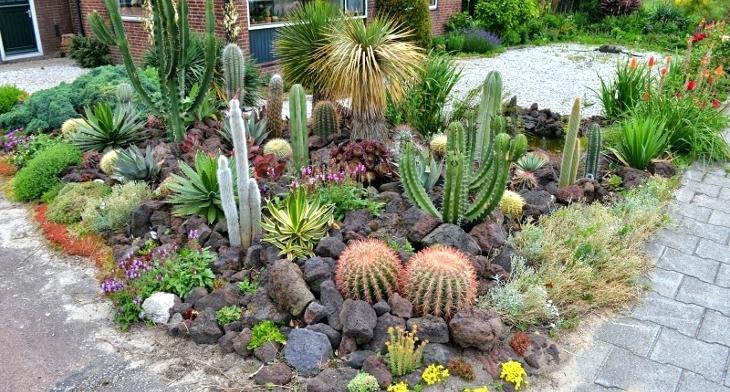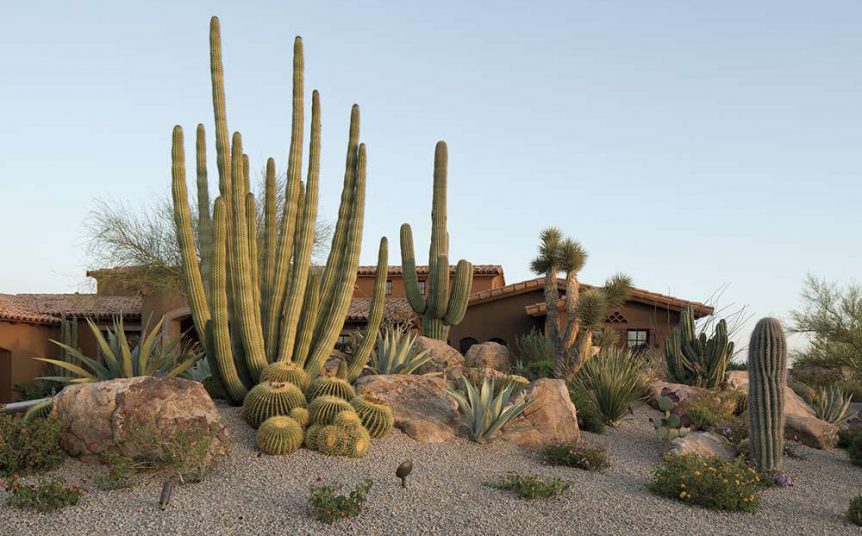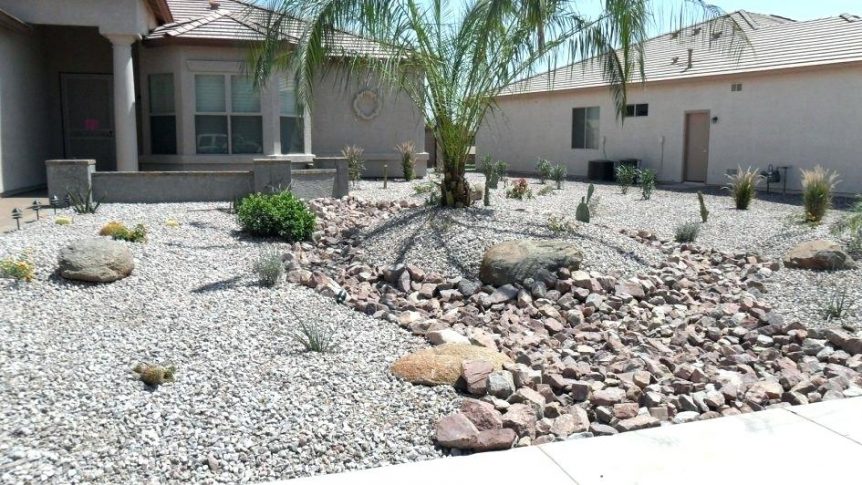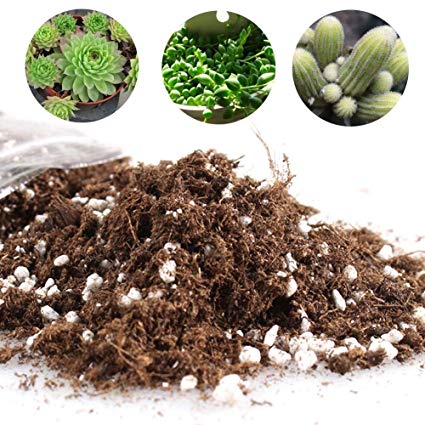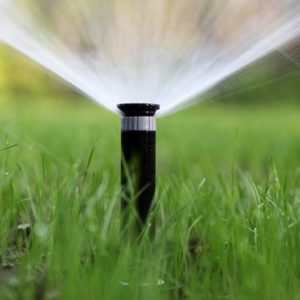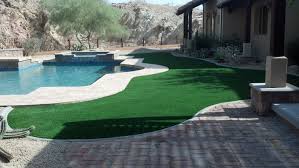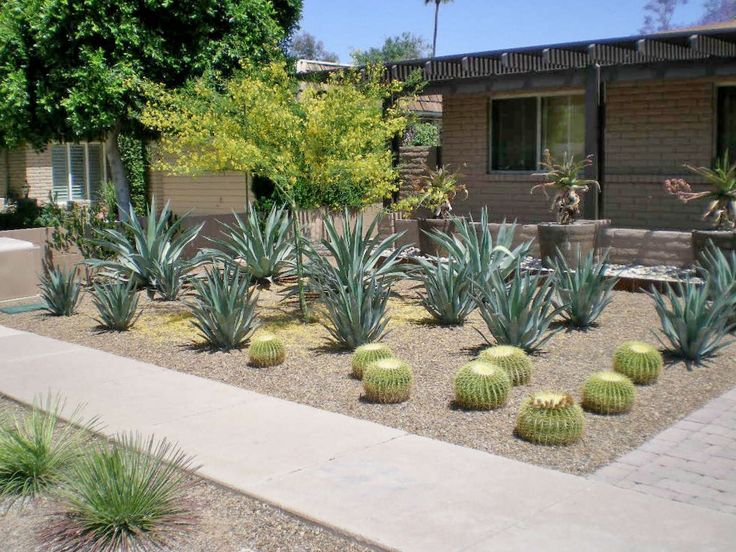IDEAS FOR CREATING YOUR WISH LIST: Walk, bike or drive around your neighborhood to get some design ideas. You may want to visit commercial developments and other residential developments as well. Keep a camera handy and take photographs of everything you like, no matter where you find it; from fabulous model homes to the bank on the corner. …
Xeriscaping with Style – Part 9
MAKE A WISH LIST! If you don’t already know what you want from your landscape, now is the time to decide. Ask yourself these questions: What do I want my yard to look like? What functions do I want my yard to serve? Do I want color and shade in my yard? Do I want my landscape to help conserve …
Xeriscaping with Style – Part 8
DESIGNING A GREAT YARD Creating a plan will help you get the most out of your landscape while considering issues like cost, function, aesthetic preferences, maintenance requirements, water efficiency and energy efficiency. You can tailor the plan to suit your taste, your needs and your checkbook. The plan will serve as a guide throughout the landscaping process. It will help …
Xeriscaping with Style – Part 7
APPROPRIATE MAINTENANCE When properly designed and maintained, Xeriscapes save water, time and money through reduced plant water needs and lower maintenance requirements. But low water use and low maintenance do not mean no water use and no maintenance. All landscapes need some care and most plants need supplemental water in our desert environment. Proper pruning techniques can keep your yard …
Xeriscaping with Style – Part 6
THE USE OF MULCHES Mulches cover the soil and reduce evaporation from planted areas. They cool the soil beneath and also help to inhibit weed growth and erosion. There are organic mulches and inorganic mulches. The most popular organic mulches in our area are bark chips and wood grindings. These are often used in planting beds and other small areas. …
Xeriscaping with Style – Part 5
SOIL IMPROVEMENTS Most low water use plants thrive naturally in our desert soils, so amendments such as fertilizers and soil supplements are usually not necessary. They do prefer good drainage, and soil should be loosened at planting time to encourage healthy root growth. Soil amendments most likely will be needed for turf areas and areas where more water thirsty …
Xeriscaping with Style – Part 4
EFFICIENT IRRIGATION In the Sonoran Desert, almost all new plants should be watered regularly to get them established; and most plants, low water use or not, need some kind of irrigation even after they become mature. The trick is to find out how much water your plants require and to apply only that much. When you design your irrigation system, …
Xeriscaping with Style – Part 3
Appropriate Turf Areas Although turf generally requires more water and more maintenance than low water use plants, sometimes only grass will do, especially if you are sports-minded or if there are children or pets at home. Small turf areas can be incorporated successfully into a Xeriscape if they are properly planned, installed and maintained. Don’t forget to consider artifical turf …
Xeriscaping with Style – Part 2
Low Water Use Plants There are hundreds of water thrifty native or desert adapted plant species available at local nurseries. Some varieties have been available for many years, while others are new on the market. They come in all shapes and sizes and serve a variety of purposes from shade to seasonal color to screening unsightly areas. Many low water …
Xeriscaping with Style – Part 1
Xeriscaping is a landscaping philosophy that uses as many native, drought-resistant plants as possible and arranges them in efficient, water-saving ways. PART 1: Good Landscape Planning and Design Creating a plan will help you get the most out of your landscape while considering issues like cost, function, aesthetic preferences, maintenance requirements, water efficiency and energy efficiency. You can tailor the plan …

